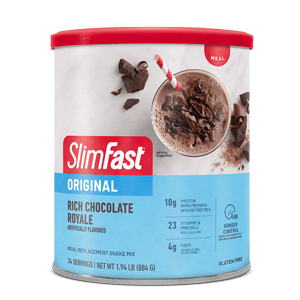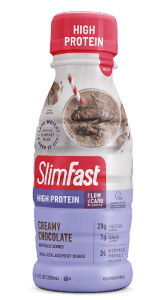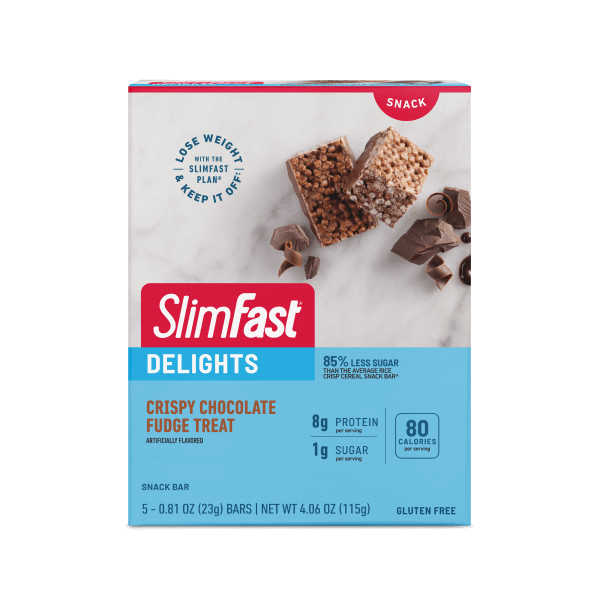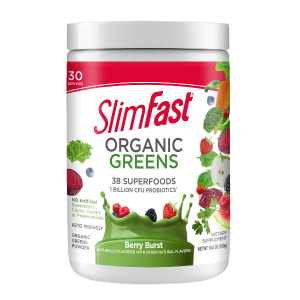Muscle isn't just for bodybuilders—it's vital for everyone! It plays an important role in overall health and in maintaining physical function as we age. The challenge arises when individuals aim to gain muscle while losing weight. Balancing a weight loss goal with a goal to gain muscle can be difficult, but with proper planning, you can still strive to achieve your goal. Here are some key points to consider when working towards your goals.
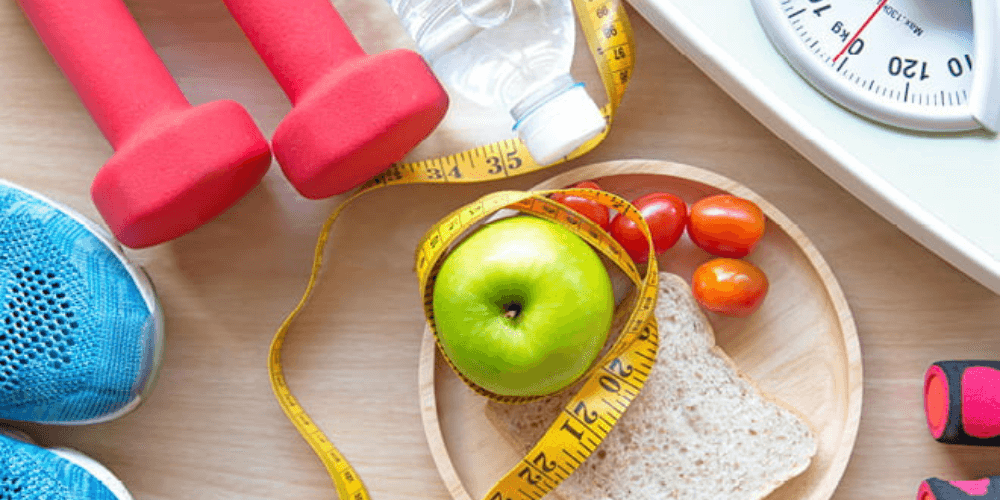
Weight loss and Calories
To lose weight, you need to burn more calories than you consume. But beware of cutting too many calories! People often slash their calorie intake drastically, restrict certain foods, or eliminate entire food groups, which can lead to unhealthy eating habits. Extremely low-calorie diets can wreak havoc on your body, slowing your metabolism and making it harder to shed pounds while also risking muscle loss. When you don’t eat enough, your body may start breaking down muscle for energy, which is counterproductive to building muscle. The key is to understand your calorie needs and make adjustments for weight loss without going too low.
Weight Loss and Macronutrients
Balance is key. Aim for a balanced diet packed with variety. Weight loss does not mean that you have to cut out foods or whole food groups. This restrictive mentality often leads to highs and lows with food as well as fluctuations with weight. Instead, include a balance of all three macronutrients: carbohydrates, protein and dietary fat. People like to turn down carbohydrates, but carbohydrates are a critical nutrient, which helps fuel your body, help supply energy to fuel strength training and supply energy for muscle development. Also, as you know – protein is a key nutrient in weight management as it is essential to help build muscle and support muscle recovery.
Weight Loss and Physical Activity
A weight loss journey includes a balance between diet as well as physical activity. Metabolism can increase with increased muscle mass and increased level of activity. Therefore, it’s important to include cardio as well as resistance exercise. In short, muscle is metabolically active and burns more calories, compared to fat. Therefore, the more muscle you have, the more calories your body burns. Consider increasing load as your body adapts and becomes stronger. This is a great way to burn calories as well as build muscle.
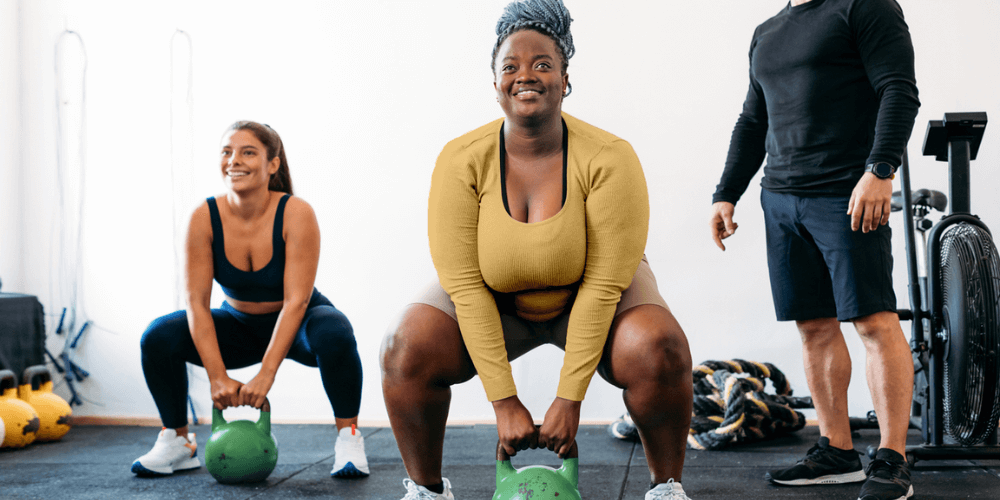
Remember, that putting on muscle isn’t easy. It takes time, dedication, adequate training, sufficient recovery time and proper nutrition. Moreover we all put on muscle differently. There are so many factors that can influence muscle growth including age, gender, genetics, nutrition, exercise intensity, frequency and more. The exact time frame depends on your starting point and the effort you put in.
Quick Tips to Reach Your Goals
- Set Realistic Goals: Aim for goals that are achievable and sustainable.
- Recovery is Key. Muscles need time to recover. The amount of time needed depends on your body, your exercise experience level, the type of physical activity, duration and intensity. Warm up, cool down, and include active recovery days.
- Fuel Muscles With Protein. Protein is essential to help muscles recovery. Consume high-quality protein throughout the day in meals, snacks and around activity.
- Count on Carbs! Carbs provide the energy you need for intense workouts.
- Make you calories count! Eat enough protein to support muscle growth in addition to your resistance training efforts.
Ditch the scale obsession! Focus on how you feel and look rather than just numbers. Weight fluctuates due to water and muscle gain, so be kind to yourself. Remember, great things take time. Stay positive and enjoy the journey!

